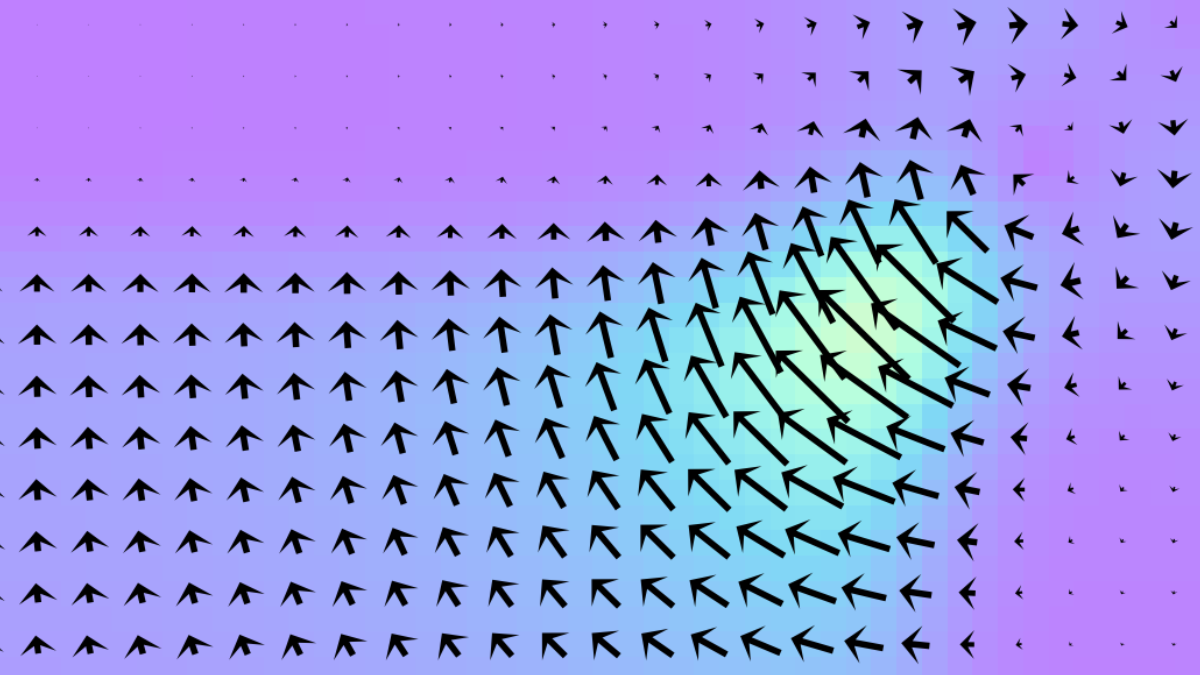Confirmed: salt moves in mysterious ways
For the first time, scientists observe a new way to move salt – and one day it could desalinate seawater.

It's official. Salt moves in mysterious ways.
For the first time, scientists from the University of Surrey have observed the effects of an electrical current created in a liquid by combining two kinds of salt.
When one salt is dissolved in a liquid, charged particles will drift through the liquid from the most concentrated areas to the least.
However, by adding a second type of salt, an electrical current can arise throughout the entire fluid almost instantly.
That current can move charged particles throughout the solution. This 'action-at-a-distance' effect is called non-local diffusiophoresis – and this is the first time scientists have ever seen it.
It is hoped the discovery could one day be used in industry, perhaps in desalination plants.

Scientists modelled how they expected several salts to behave in water. They then conducted experiments, dissolving various pairs of salts to find the pair with the biggest effect.
They knew that the local effects of the concentrations would cancel each other out. That meant any movement had to be explained by non-local diffusiophoresis.
The biggest effect was observed when dissolving sodium chloride with potassium acetate.
The experiments were performed by Dr Ian Williams, with funding from the New Horizon programme of the Engineering and Physical Sciences Research Council.
The study is published in the journal Physical Review Fluids.
It helps promote UN Sustainable Development Goal 6 (Clean Water and Sanitation) and Goal 9 (Industry, Innovation and Infrastructure).
Featured Academics
Media Contacts
External Communications and PR team
Phone: +44 (0)1483 684380 / 688914 / 684378
Email: mediarelations@surrey.ac.uk
Out of hours: +44 (0)7773 479911

